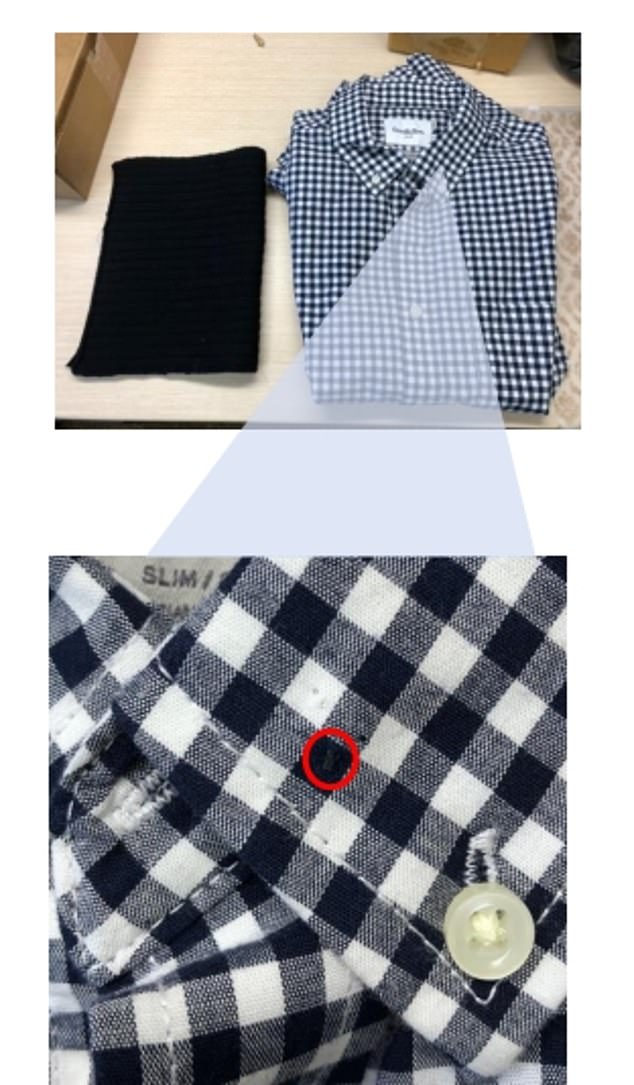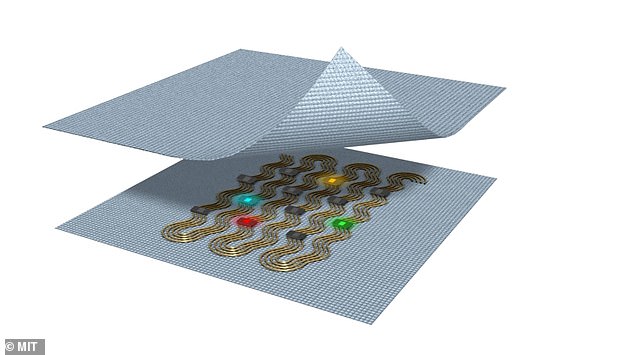Smarty pants! Defense department is developing high-tech ‘spy’ UNDERWEAR that captures audio, video and geolocation for intelligence agents and police
The US government has announced that it is developing smart textiles that turn any type of clothing into surveillance tools – a program it calls SMART ePANTS.
The computerized garments will ‘feel, move and function’ like regular clothing, but will have the ability to record audio, video and geolocation data.
Officials plan to produce shirts, pants, socks and underwear with tiny cameras, sensors, microphones that act like wire cutters and energy harvesters powered by the wearer’s body.
Reports claim that the National Intelligence Department has spent $22 million on efforts targeting undercover agents, law enforcement officers and emergency medical technicians.
Officials plan to produce shirts, pants, socks and underwear with tiny cameras, sensors, microphones that act like wire cutters and energy harvesters powered by the wearer’s body
The announcement was made by the Intelligence Advanced Research Projects Activity (IARPA), a division of the Office of the Director of National Defense.
“The Smart Electrically Powered and Networked Textile Systems (SMART ePANTS) program represents the largest single investment to develop Active Smart Textiles (AST) that feel, move and function like any garment,” IARPA shared in a statement. press release.
“The resulting innovations will provide the Intelligence Community (IC), the Department of Defense, the Department of Homeland Security and other agencies with durable, ready-to-wear that can record audio, video and geolocation data.”
IARPA has divided the funds between five entities, The interception reports.
According to the report, $11.6 million and $10.6 million will go to defense companies Nautilus Defense and Leidos, but the remaining amounts have not been disclosed.
However, the other three entities include the Massachusetts Institute of Technology, SRI International, and Areté.

The program aims to provide surveillance clothing to government employees and first responders. Cameras can be placed in fabrics to go undetected (pictured)

IARPA plans to develop electronic AST components that are fully integrated into the structure – something no public or private group has achieved to date
SMART ePANTS program manager Dr Dawson Cagle said the innovative clothing will enhance the capabilities of personnel working in hazardous or stressful environments, such as crime scenes and weapons control inspections.
He also claimed that Active Smart Textiles (ASTs) can collect information you don’t notice, increasing work efficiency.
“As a former weapons inspector, I know how much wearable electronics can interfere with my situational awareness at inspection sites,” Cagle said.
“In unfamiliar environments, I’d rather have my hands free to grip ladders and handrails more tightly and avoid hitting my head than hold a piece of equipment.”
To achieve these goals, IARPA plans to develop electronic AST components that are fully integrated into the fabric – something no public or private group has achieved to date.
“Making smart clothes with the same ‘feel’ as regular clothes is critical to the success of SMART ePANTS,” says Cagle.
‘This means that sensors must be integrated in such a way that the AST garment is just as stretchy, bendable and flexible as a comparable garment without electronics.’
Program development will take place in three phases: an initial 18-month proof of concept or build it phase, a 12-month wear it phase and a 12-month wash it phase.
